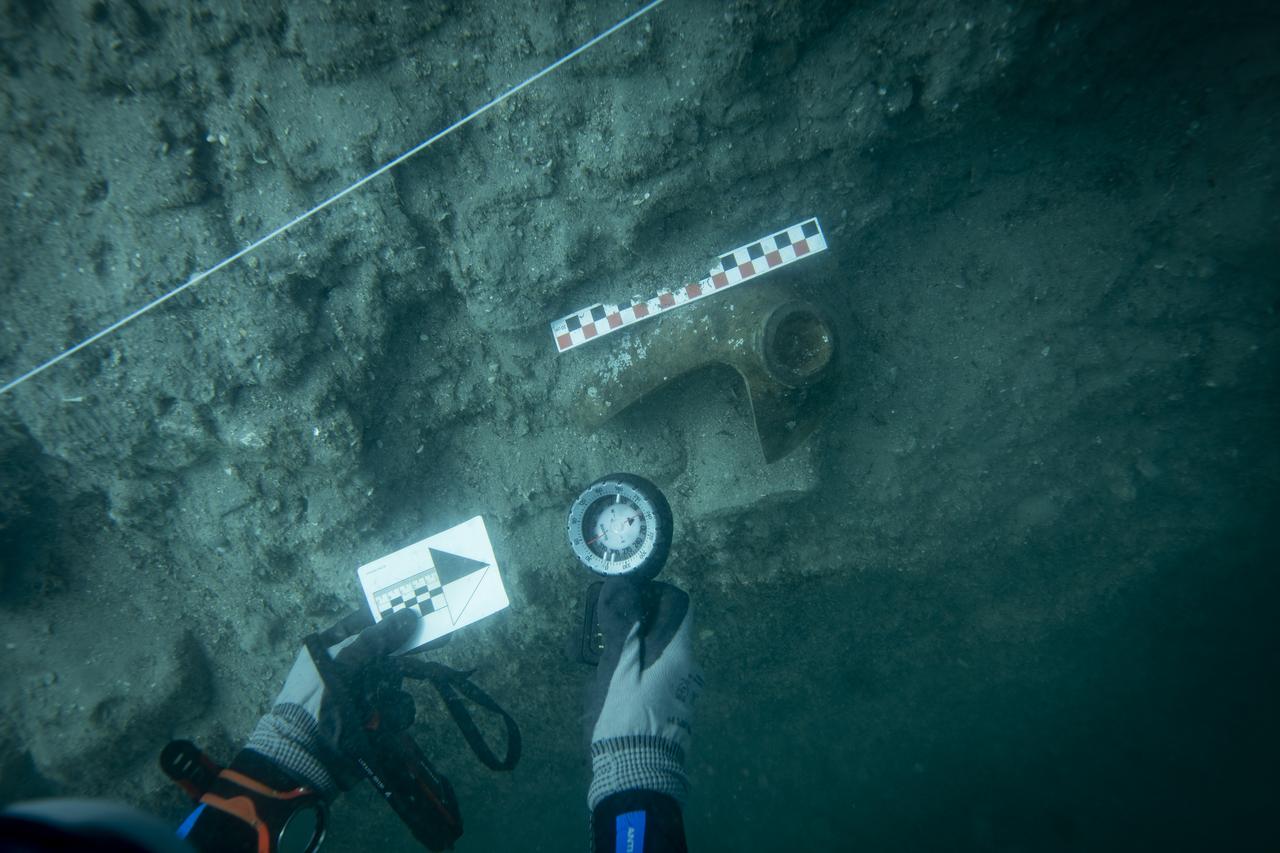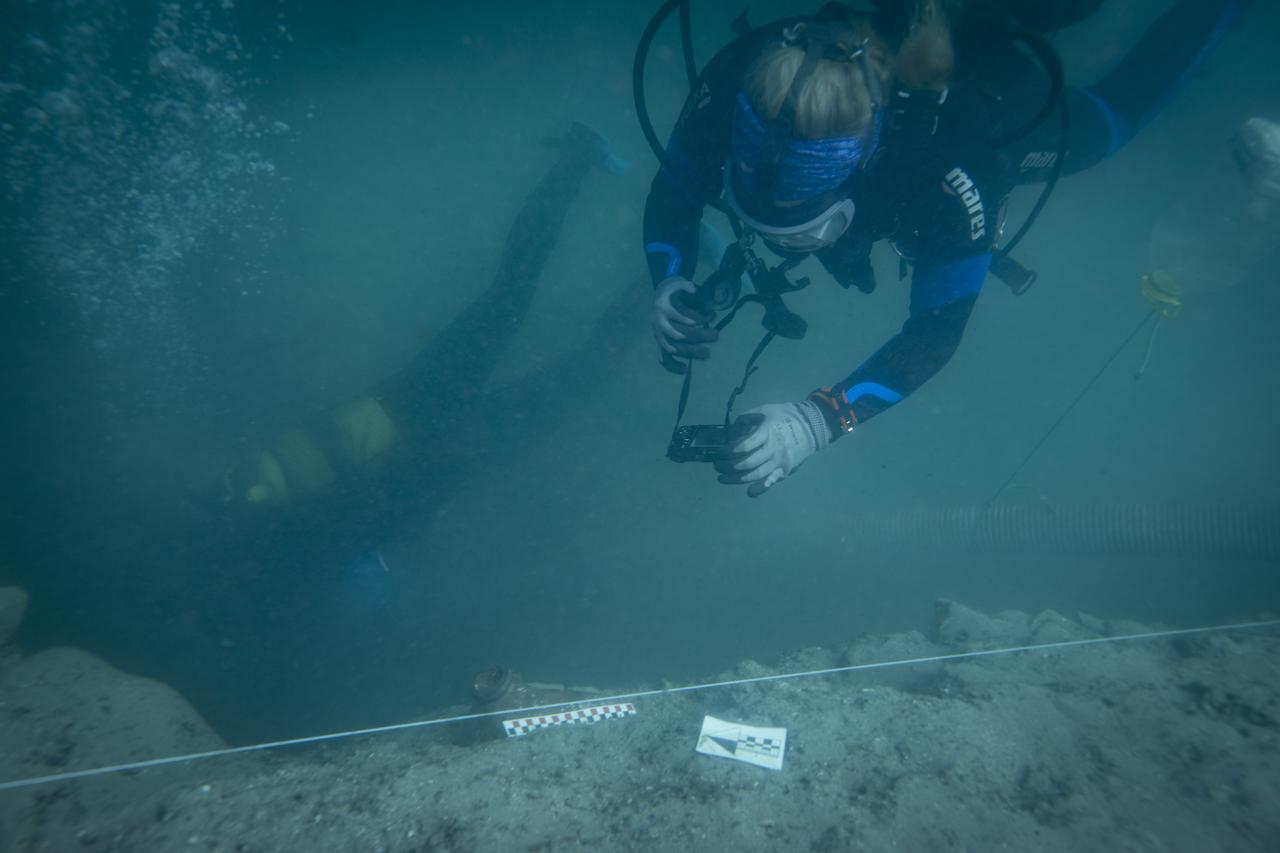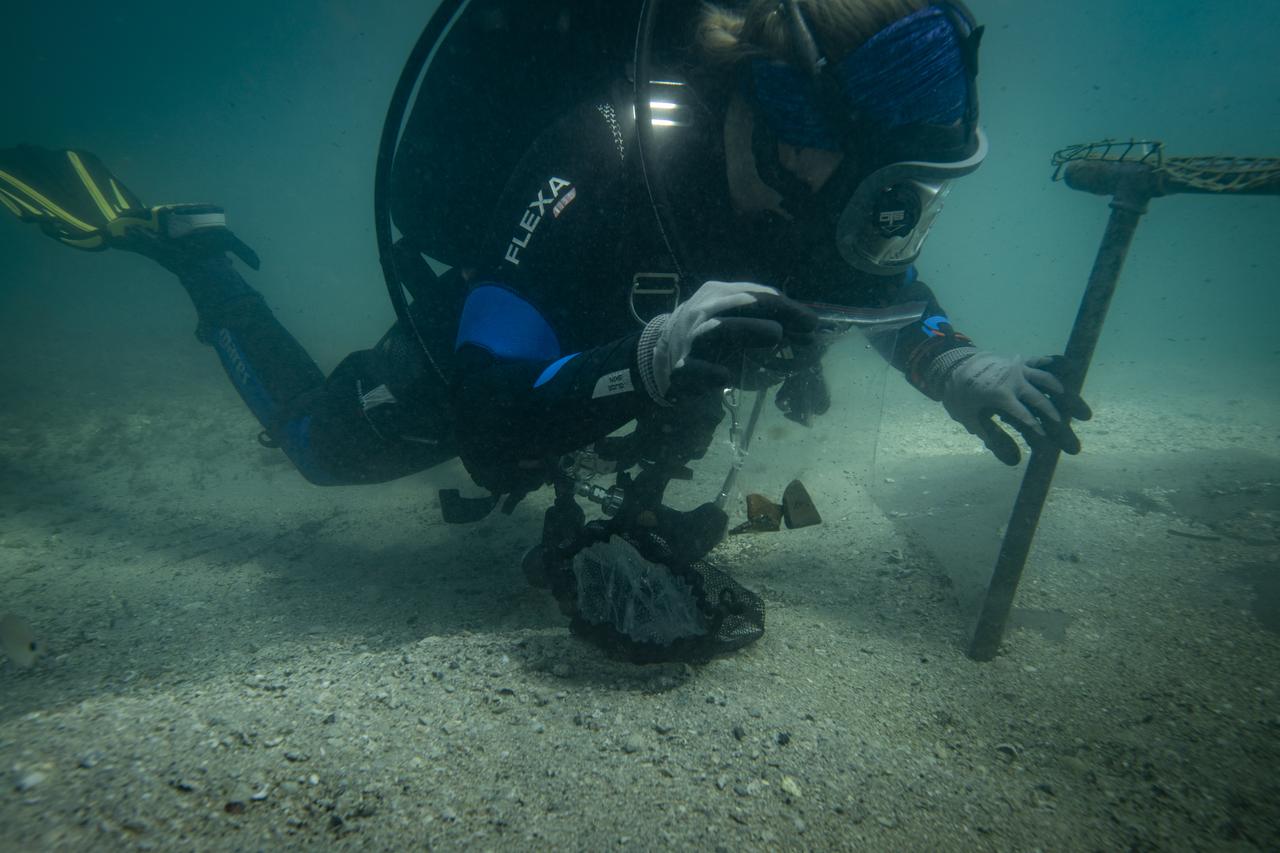
Underwater archaeologists working off the coast of Urla in Izmir have reached cultural layers dating back 5,300 years at Liman Tepe, one of Türkiye’s earliest gateways to the Aegean.
The team, which has carried on continuous land excavations since 1992 and underwater work since 2000, says the discoveries show how an ancient shoreline shifted and left part of the settlement beneath the sea.

Directed by Professor Vasif Sahoglu of Ankara University’s Mustafa V. Koc Underwater Archaeology Research Center (ANKUSAM), the multinational team is excavating Liman Tepe under the Ministry of Culture and Tourism’s “Heritage for the Future” initiative.
Liman Tepe once fulfilled the role that the modern Port of Izmir plays today, and its land and seabed layers are helping researchers piece together Anatolia’s maritime history.
This season focuses on the breakwater and harbor of the ancient city of Klazomenai, dated to the sixth century B.C. A breakwater is a protective wall built to calm waves and shelter ships.
While the harbor levels were thought to be about 2,600 years old, the team opened a test trench and reached much older deposits roughly 1.5 to 2 meters below that floor.
“We reached remains from 5,300 years ago,” Sahoglu said, noting that the stacked layers inside the harbor mirror the settlement’s long continuity on land.

Researchers underline that the zone now under excavation was once dry land. They link the submergence to tectonic activity and sea-level rise over millennia.
“Underwater excavations can open a very different window that complements what we see on land,” Sahoglu said, adding that the combined land-sea approach allows the site to be studied as a single landscape.
On land, excavations have brought to light walled neighborhoods made up of elongated “long houses” arranged in blocks. Six adjoining houses share party walls, a street separates blocks, and doors open directly onto those streets.
With hearths inside and space for metal, ceramic, and textile work, these houses served both as living quarters and production areas, offering detailed insight into daily life.

Associate Professor Irfan Tugcu of Osmaniye Korkut Ata University, who has worked underwater at Liman Tepe since 2000, said the team follows the principle of “making a diver out of an archaeologist rather than making a diver into an archaeologist.” Divers are excavating a 32-square-meter area at a depth of about 7 meters, and they are currently 5 meters below the sea floor.
They carry out eight dives a day, with two or three divers in each rotation, guided by morning briefings and mid-day check-ins to keep the operation on track.
By tying the submerged harbor deposits to the settlement’s long-running occupation on land, the campaign is building up a layered story of a port city that adapted to changing coastlines. The results, the team notes, are expected to deepen understanding of early seafaring and coastal life in western Anatolia.